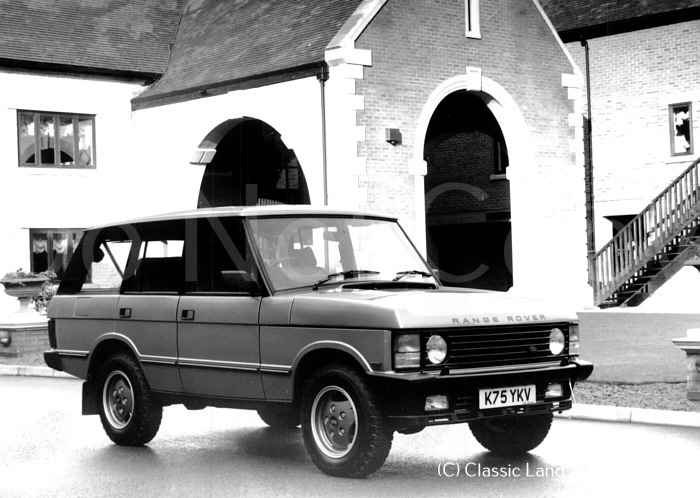Like every other vehicle manufacturer with a new model, the Rover company’s management knew that a highly effective marketing strategy could be key to the subsequent success of the Land Rover in its formative years. No matter how well it performed on the road or in a muddy field or when it was undertaking any of the multitude of tasks it was intended for, it was essential to showcase this new versatile vehicle to potential customers as clearly as possible.
In the late 1940s and continuing for much of the rest of the 20th Century, newspapers and magazines were bought and read by millions of people and the more often that impressive pictures of Land Rovers appeared in the inside pages, the more it would entice potential customers to visit their local showroom.
Getting the marketing right was critically important and while the company produced many highly creative, full-page adverts which played a significant role in generating sales, they cost a large amount of money. As such, the company’s marketing specialists would also send their own photos to the editorial departments of different publications, and the more impressive the photos they sent, the more chance they would be used with an accompanying story.
Leading car photographers would be contracted to take the photographs and there would be much deliberation as to whether it was best to take them with the particular Land Rover model being driven on a regular road, in a field, or in a specific location in front of a particular backdrop. Showing them in action in a real working environment was another idea done frequently. The photographers would also take each picture at a very specific height, angle and distance to the vehicle to ensure its best features were most prominent. Some photos were almost a work of art in themselves, with many showing a Land Rover dramatically splashing through deep muddy puddles or ascending a tough mountain track, all designed to solicit the maximum positive interest. Once the best photos were then selected from each shoot, they would be sent to all the relevant newspapers and magazines, along with an informative background text.
It was a strategy which proved highly effective. It meant the different publications had the opportunity to use very high-quality photographs without having to pay anything for them. In return, every time a company "press photo" was featured in a publication there would usually be extra visitors at Land Rover’s showrooms afterwards -often resulting in a few extra sales. In a nutshell, it was a win-win for everyone. | 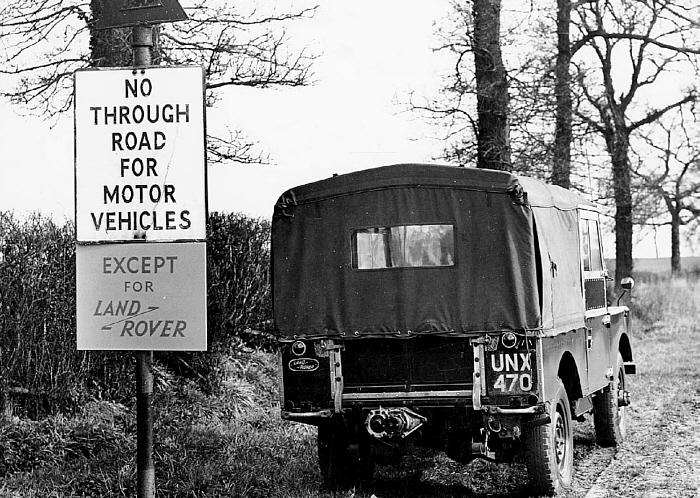
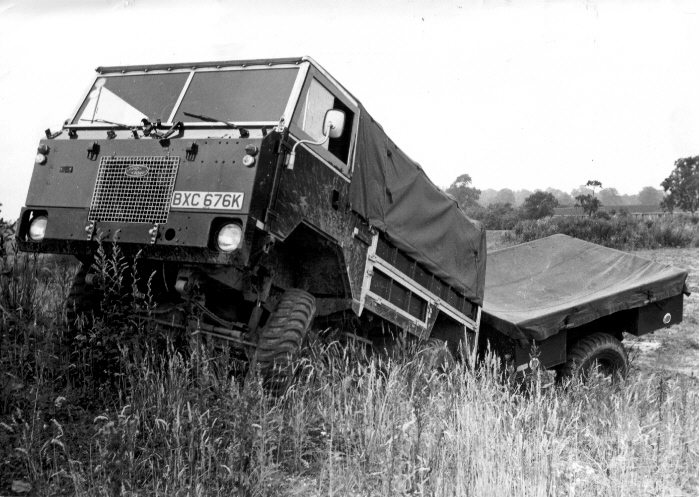
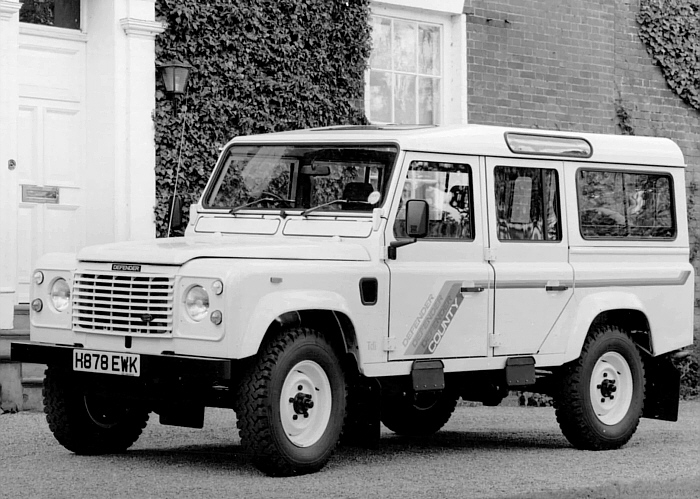
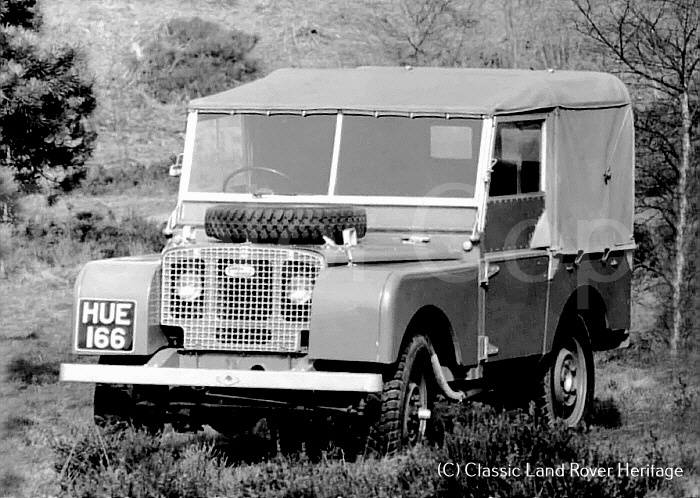
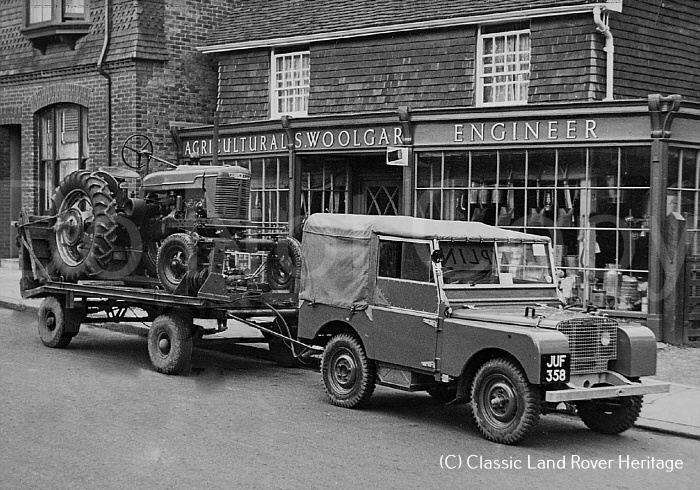
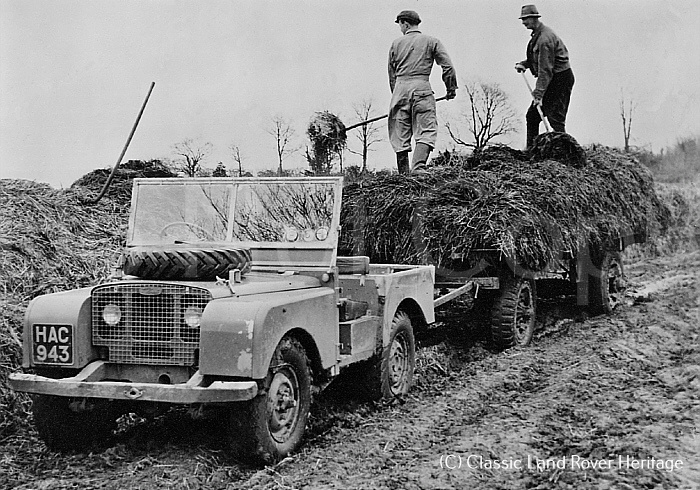
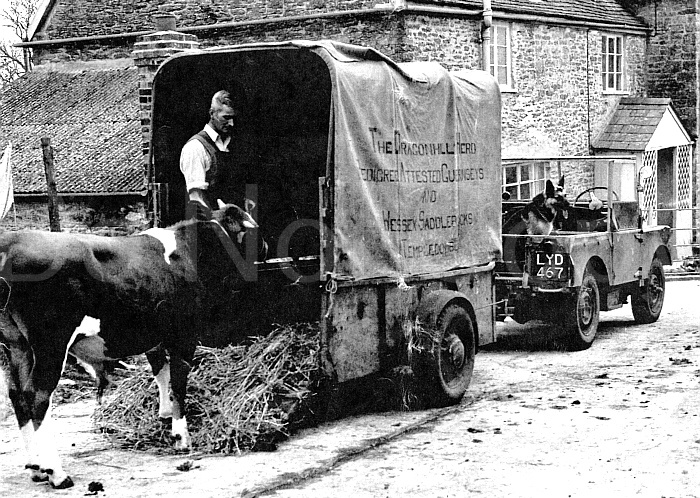
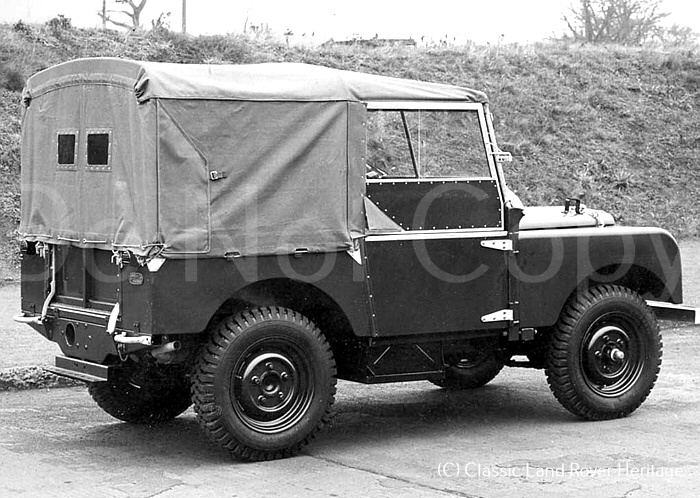
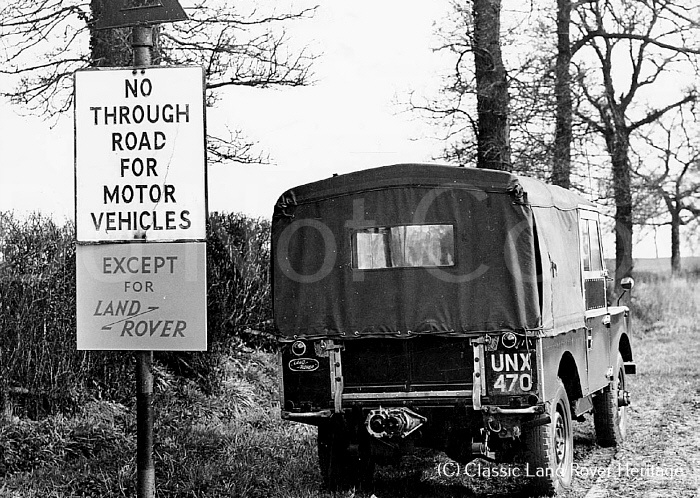
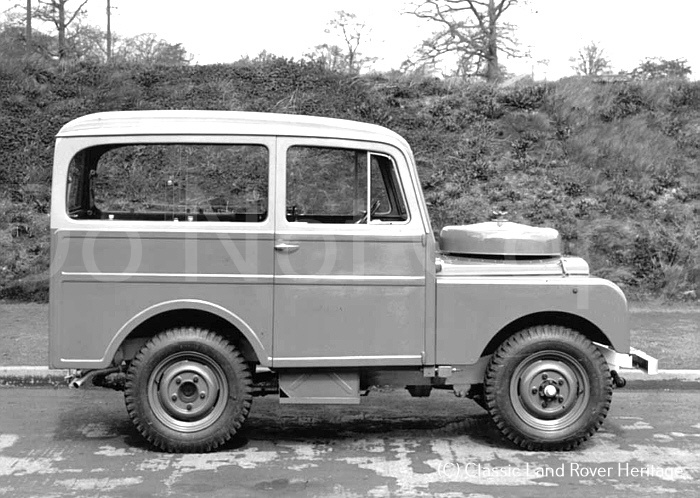
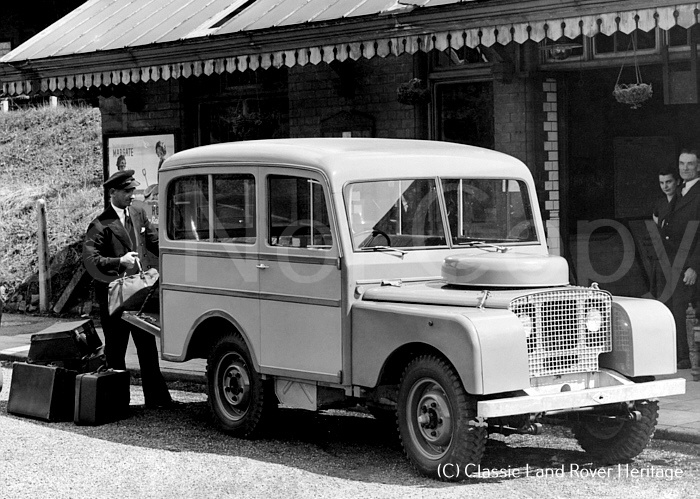
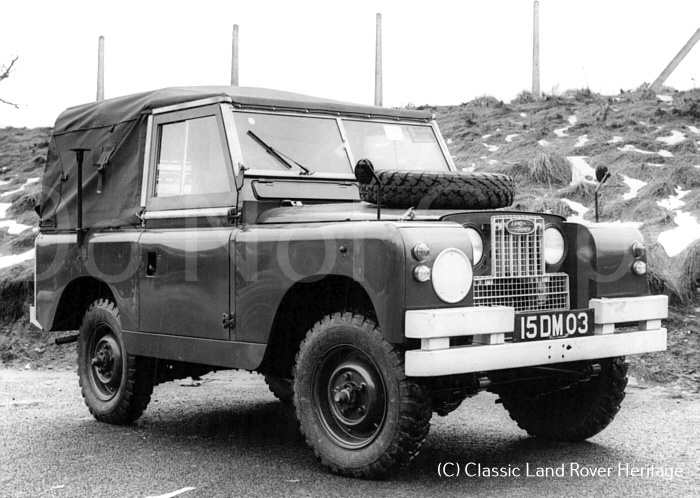
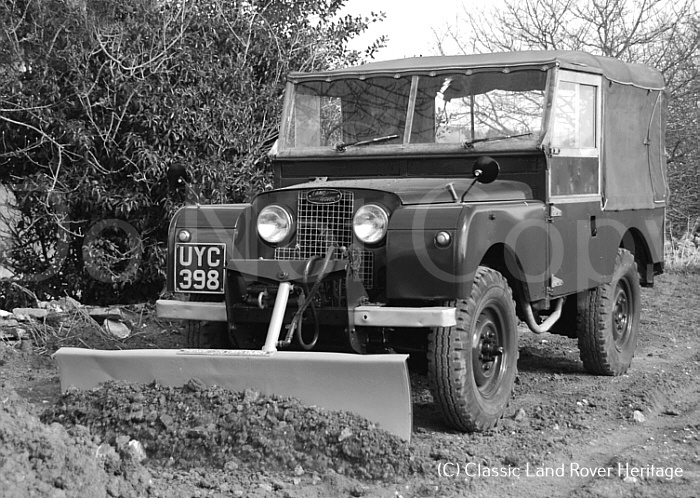
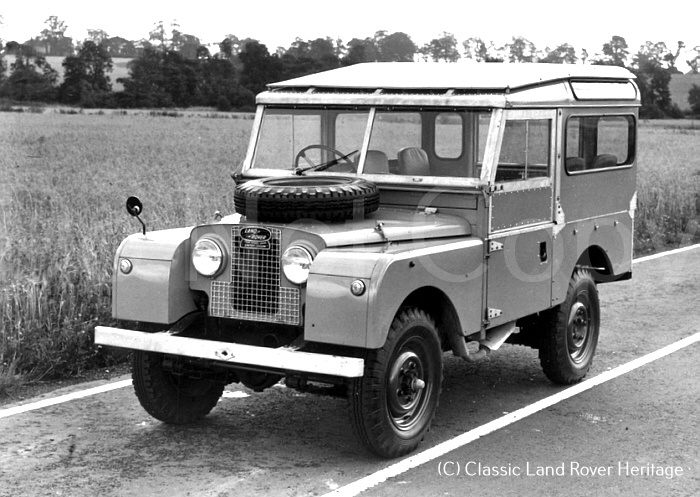
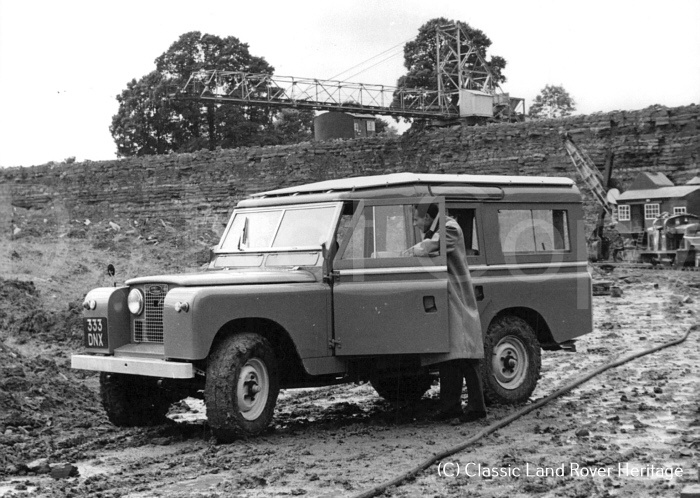
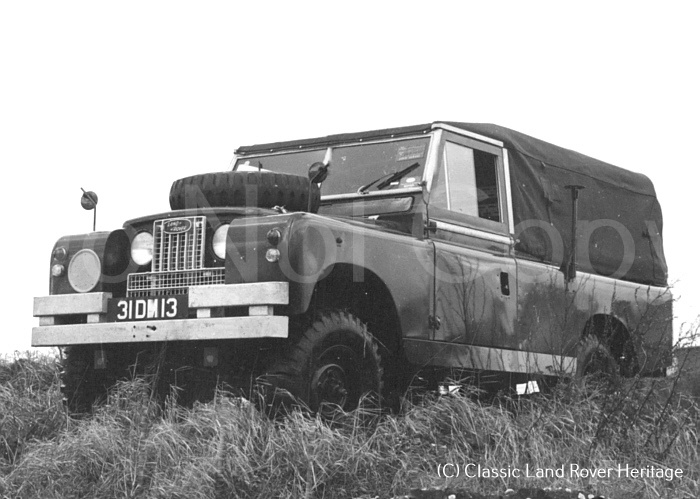
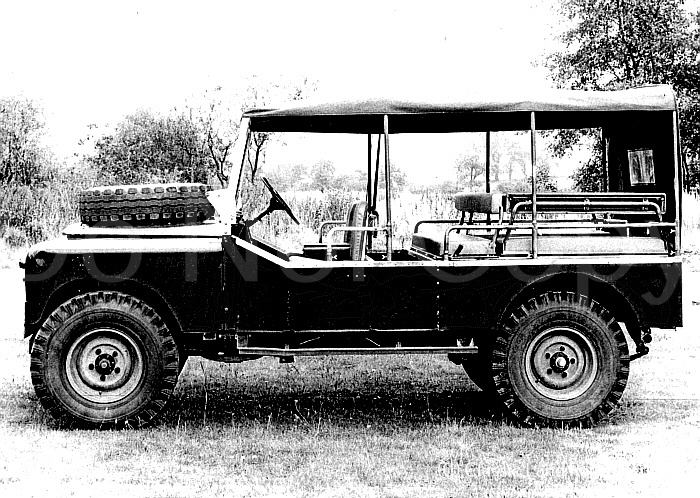
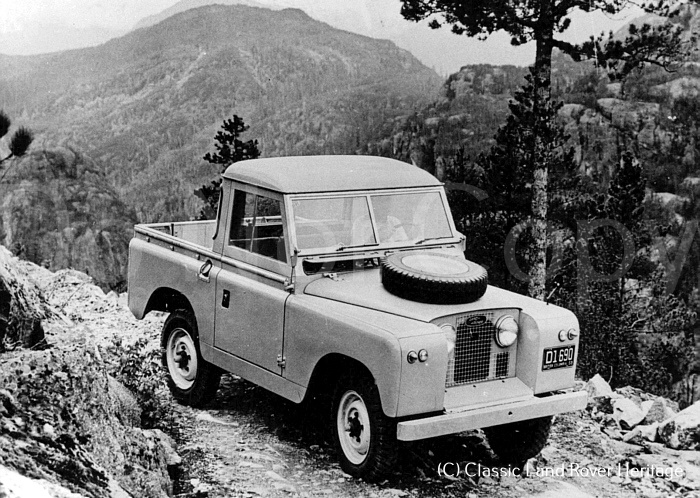
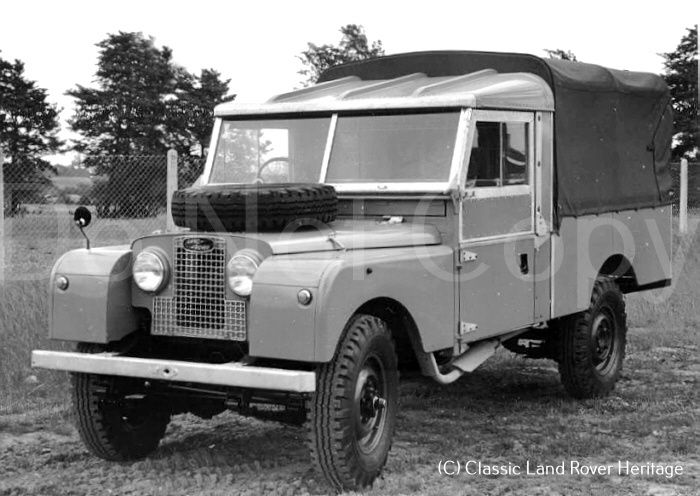
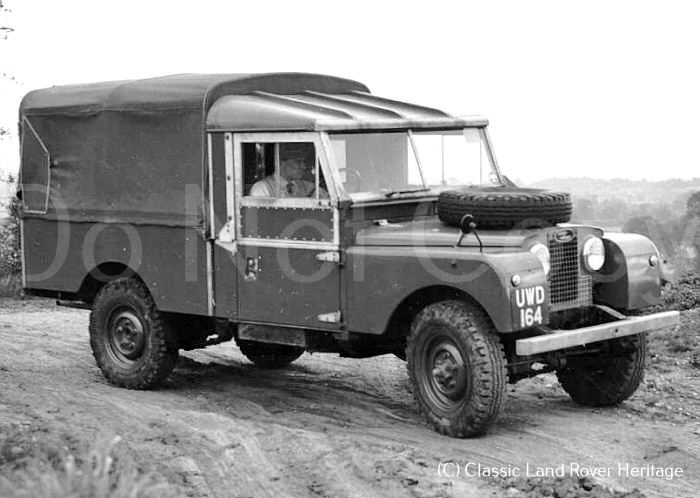
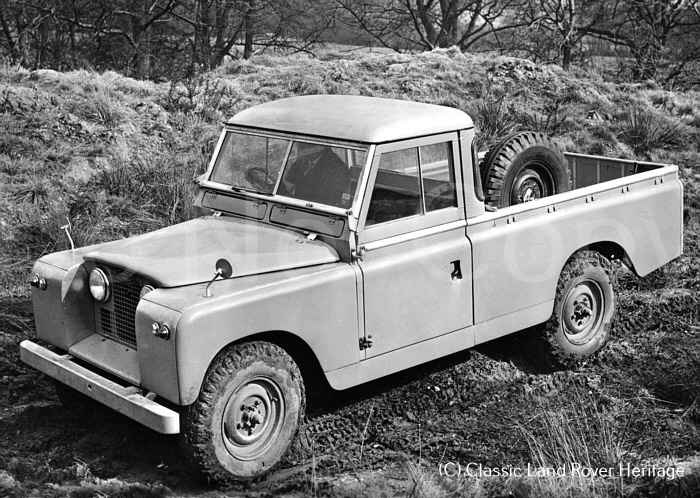
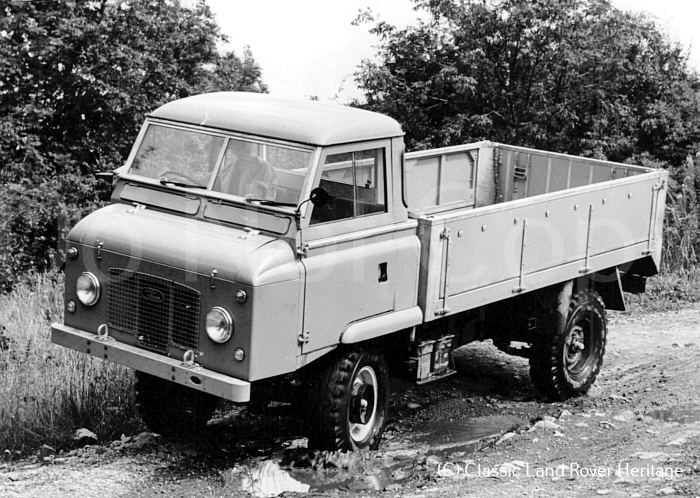
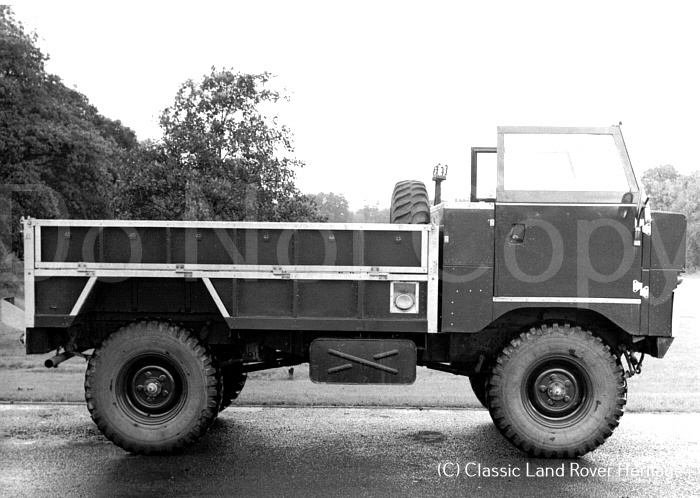
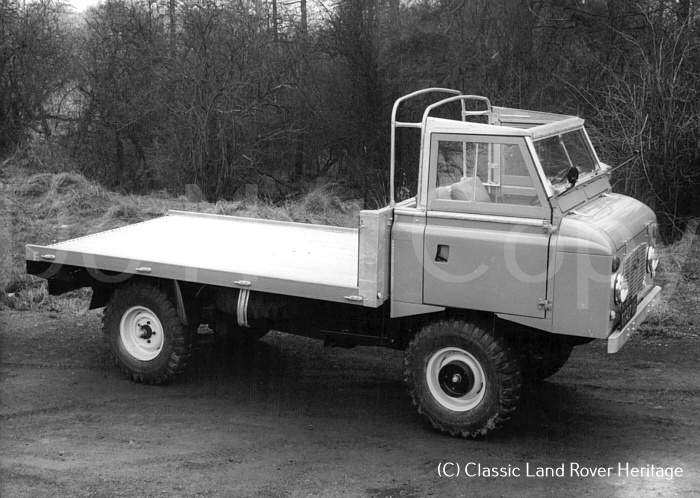
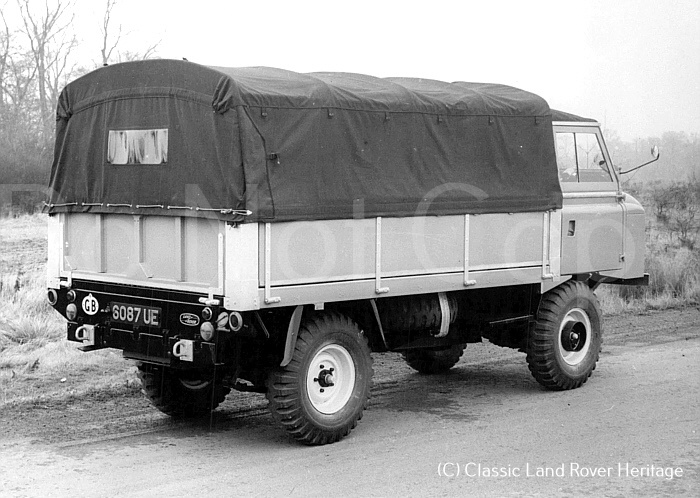
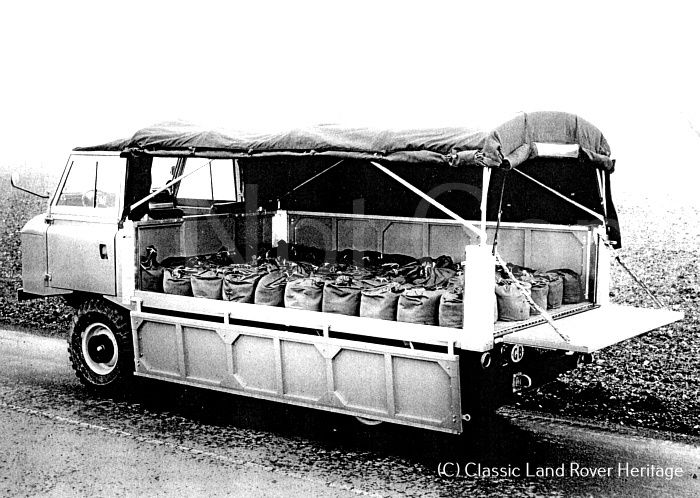
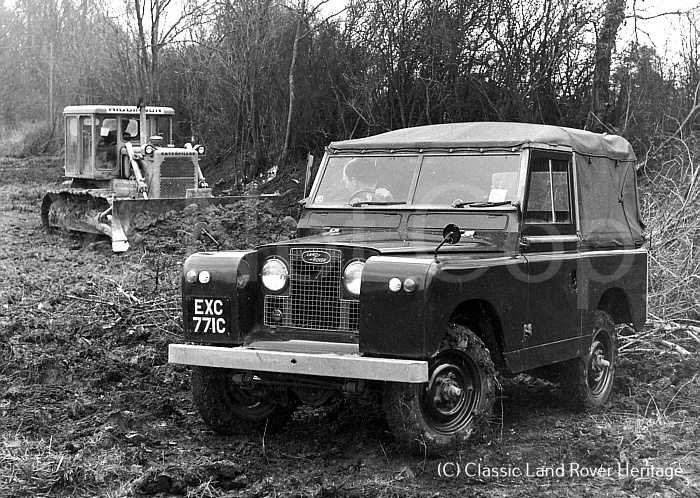
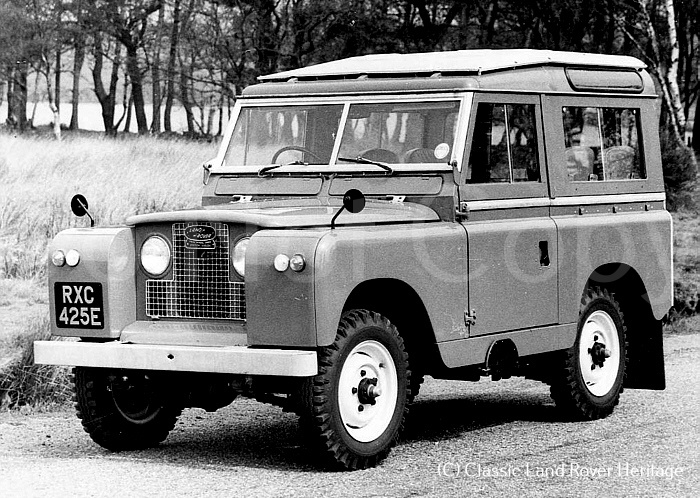
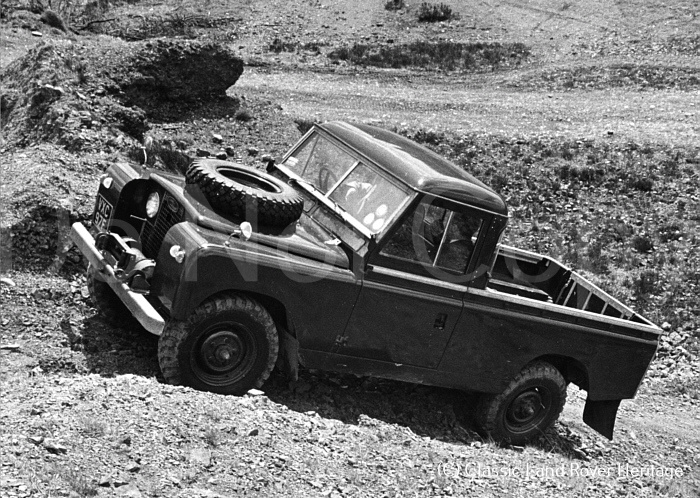
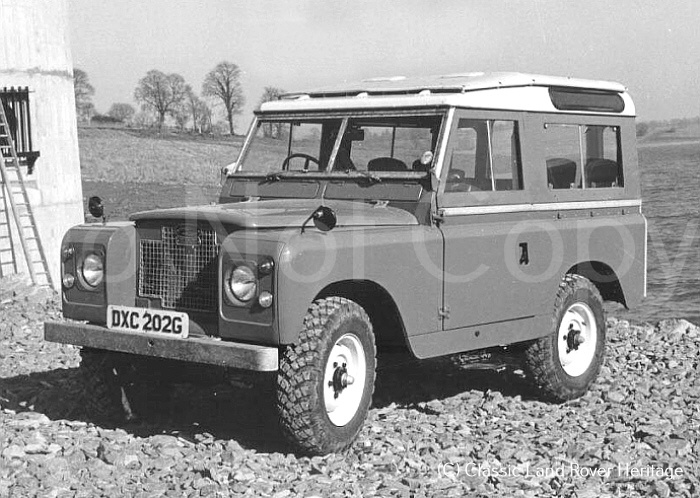
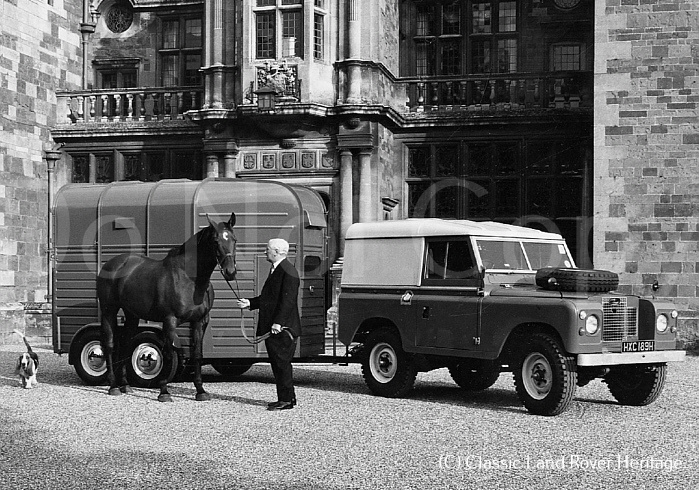
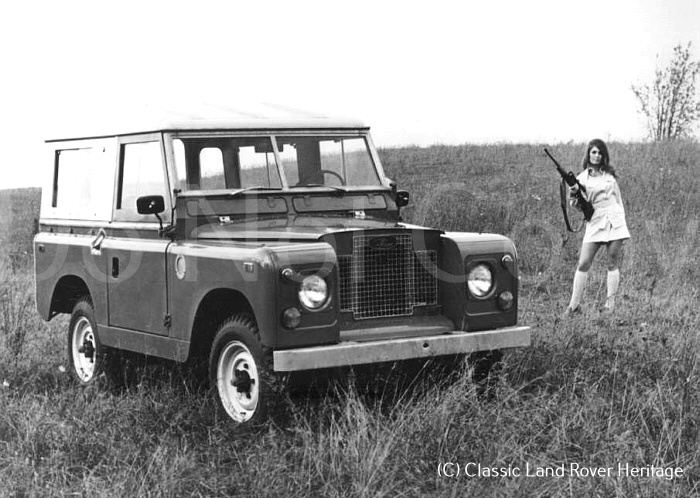
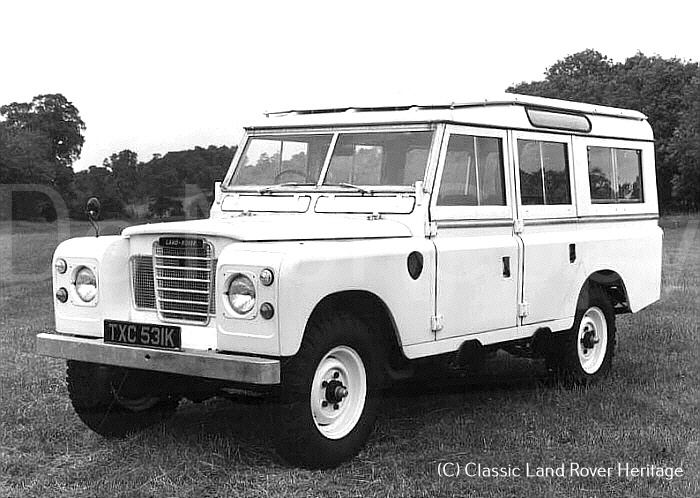
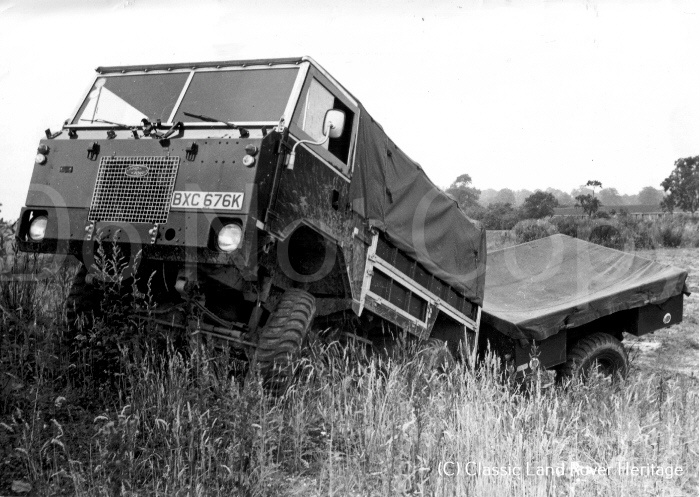
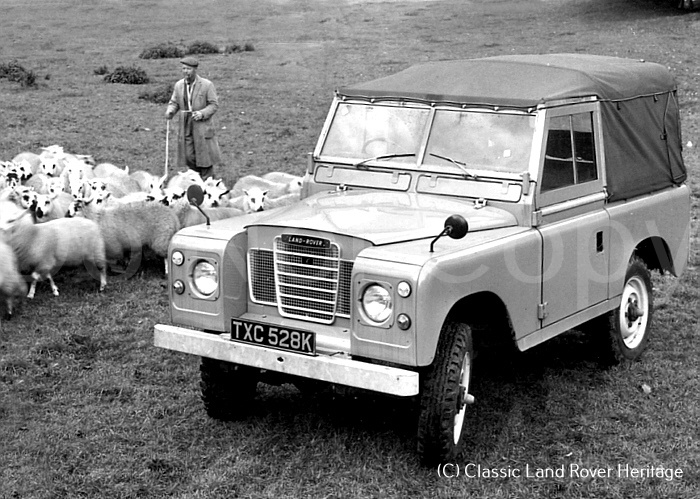
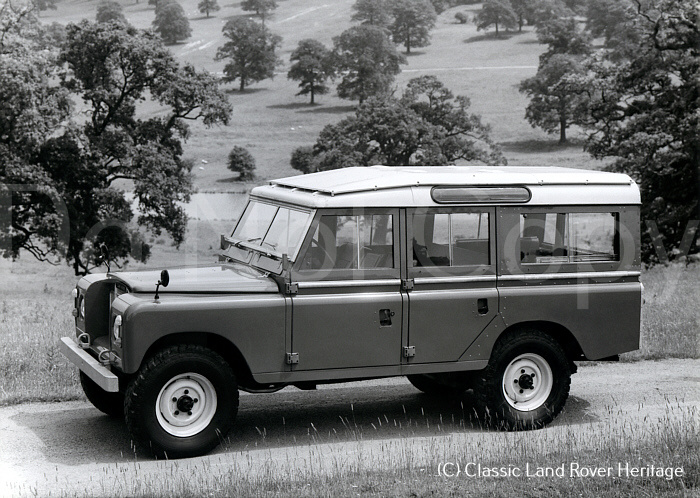
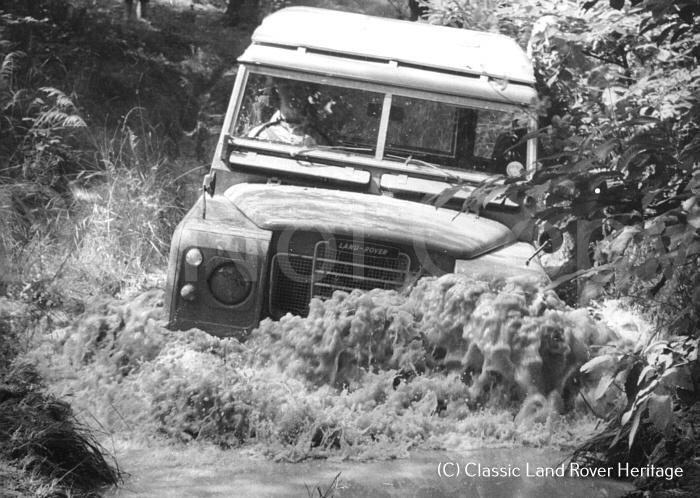
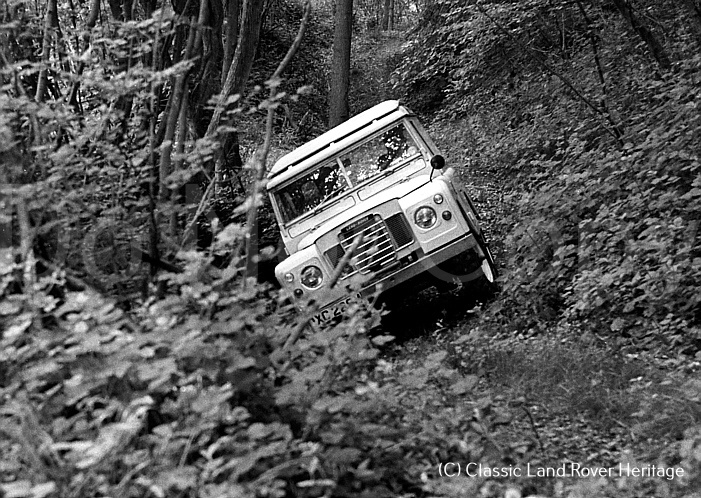
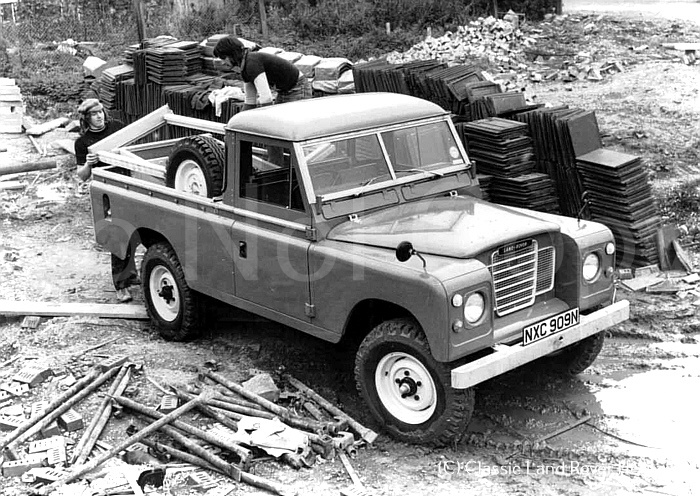
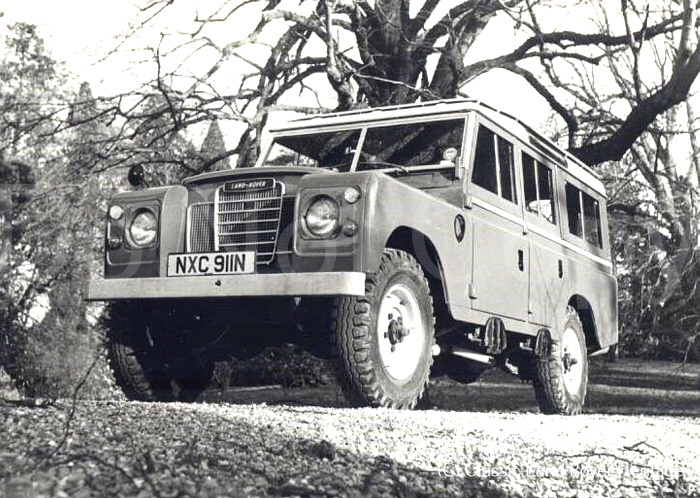
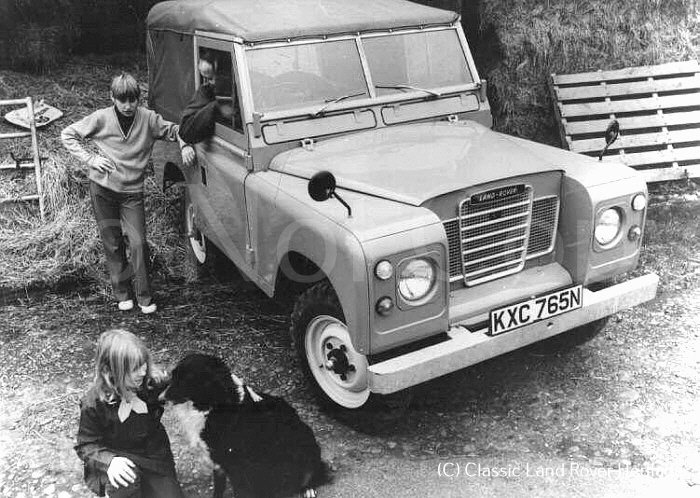
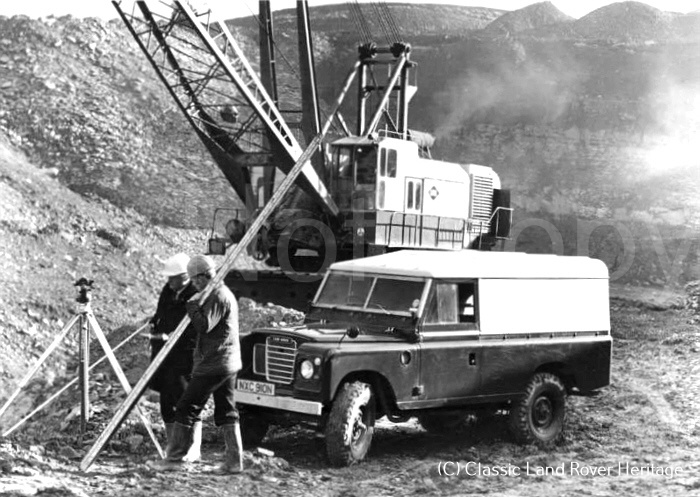
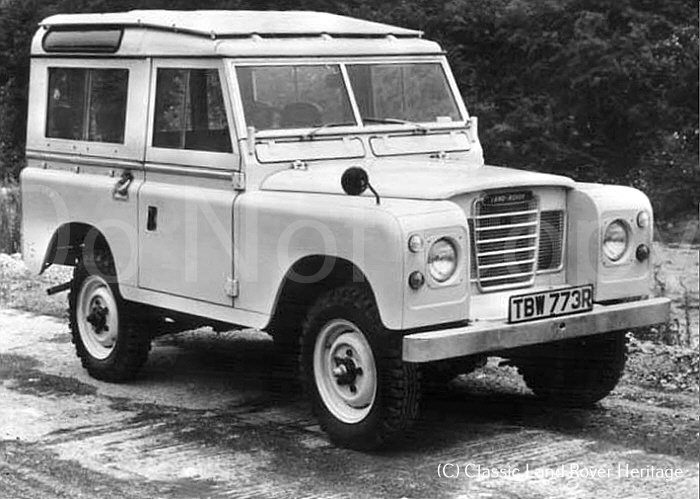
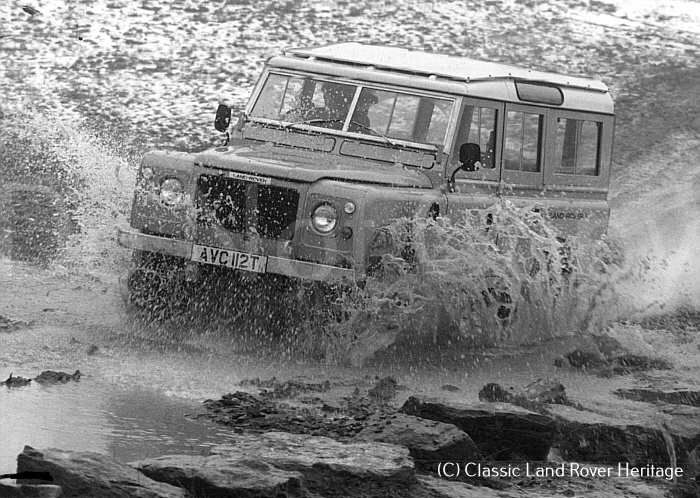
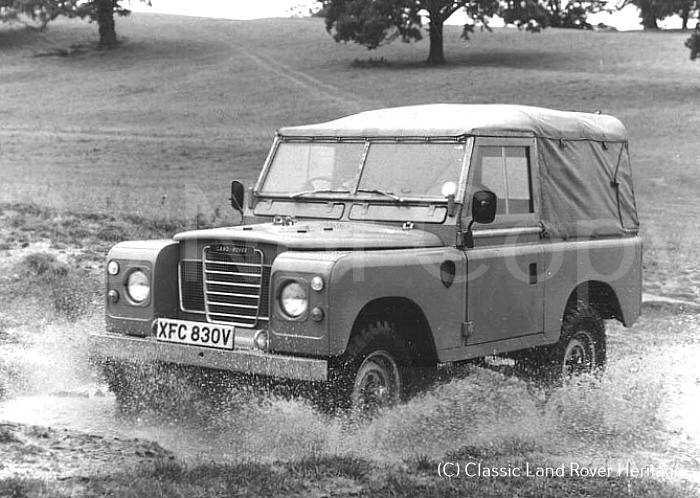
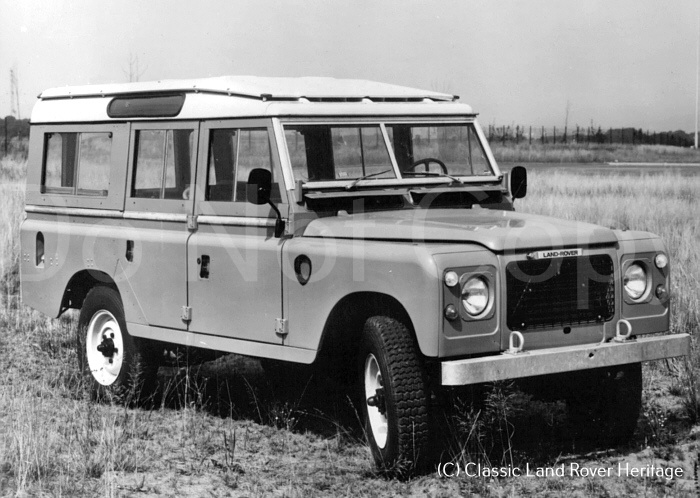
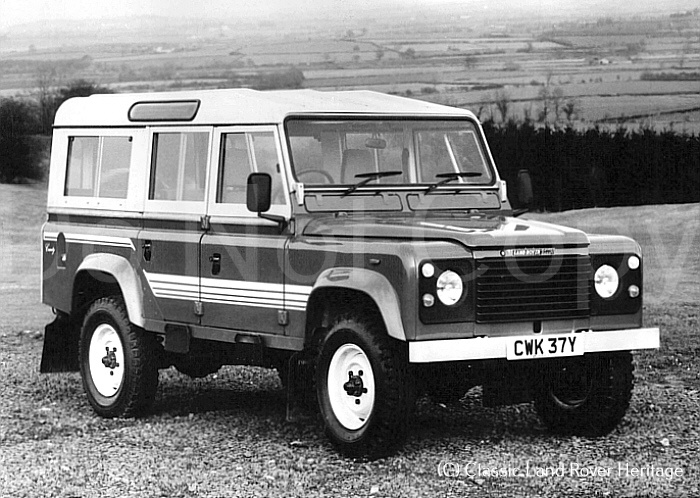
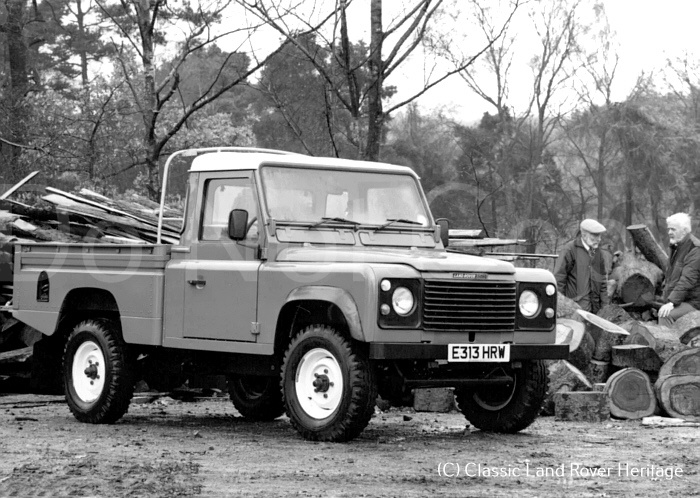
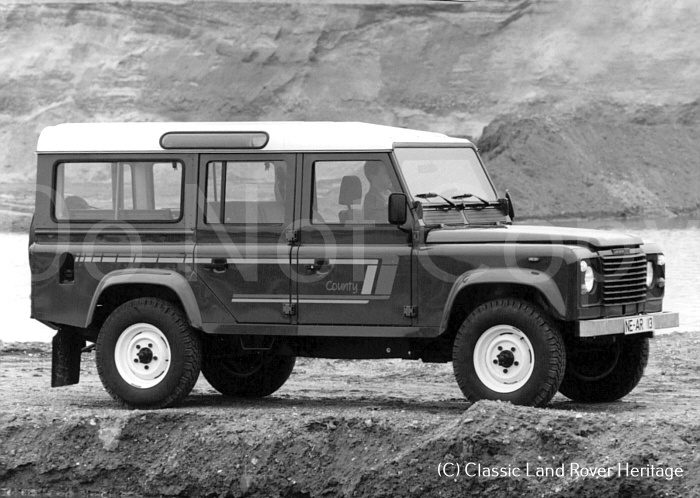
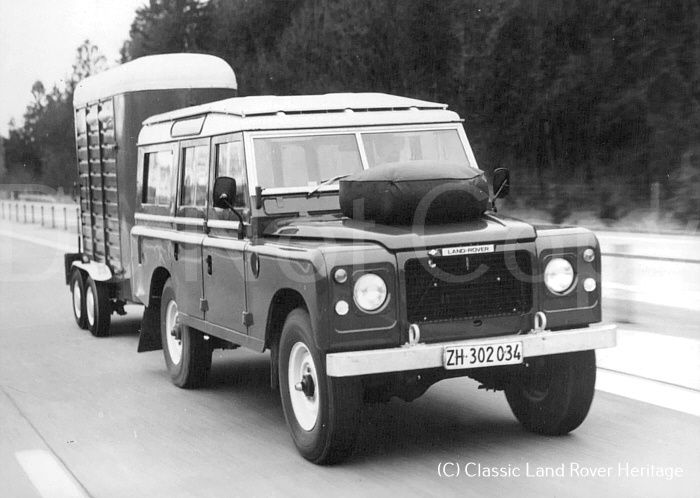
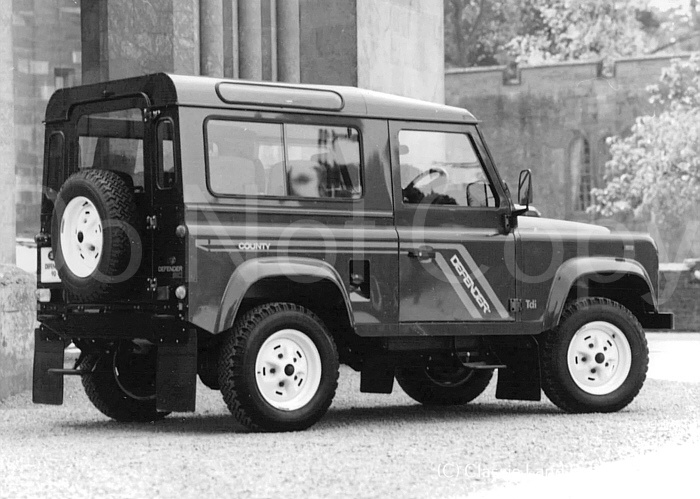
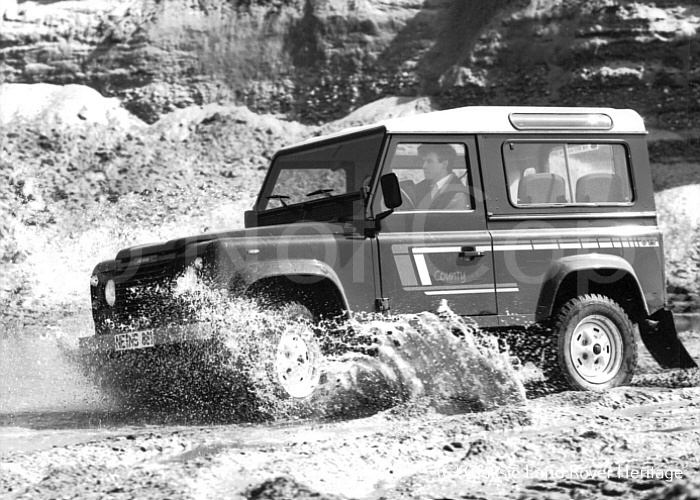
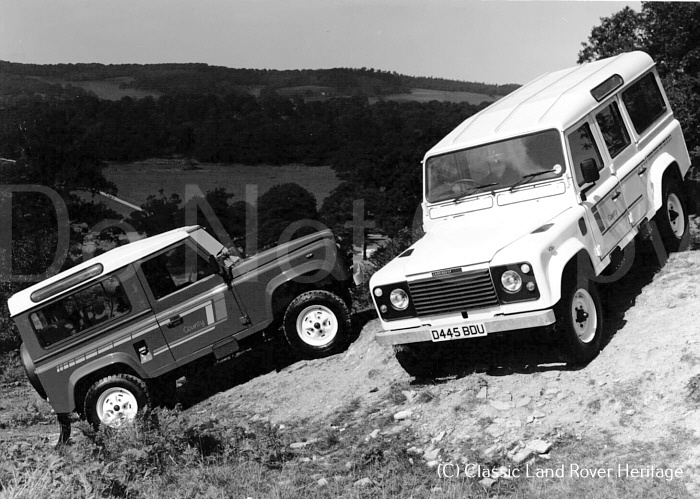
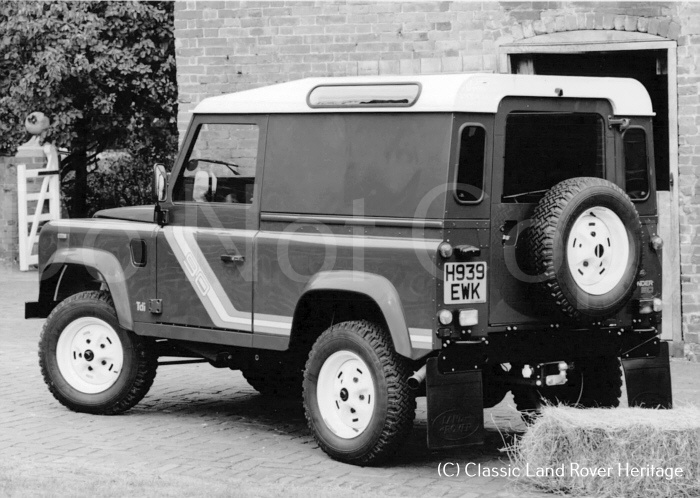
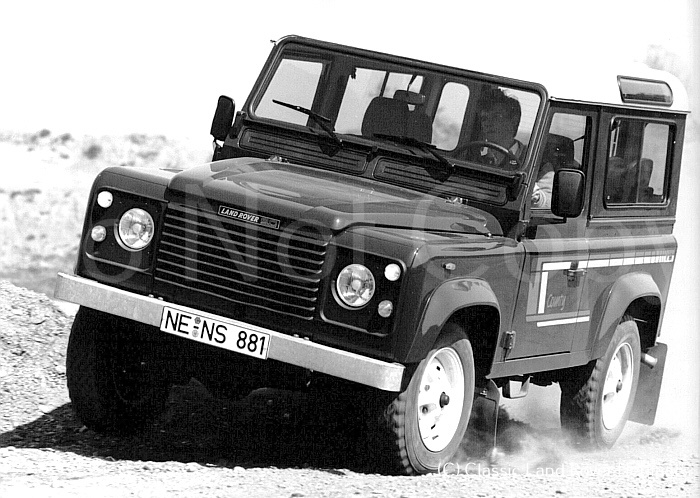
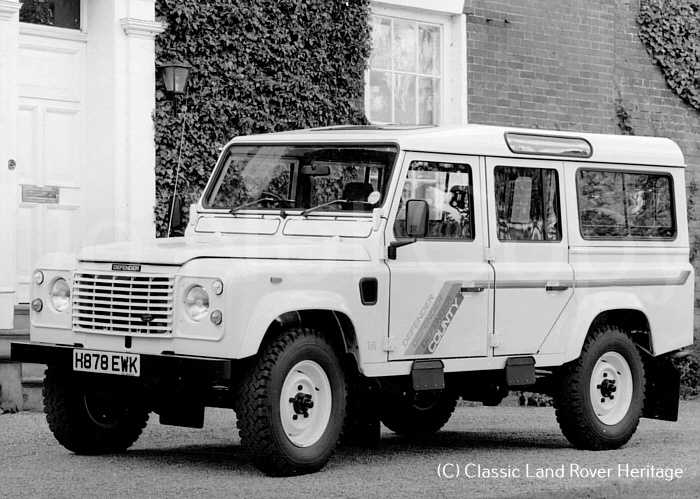
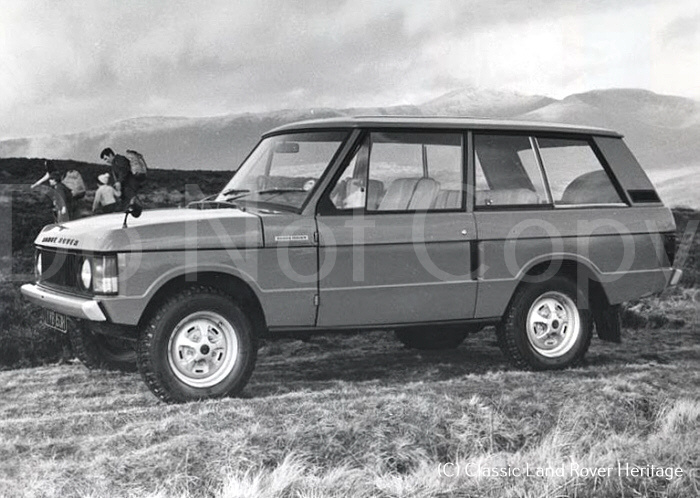
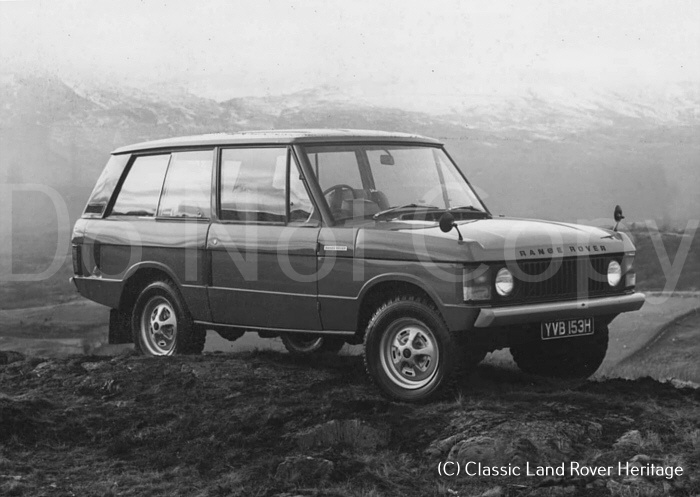
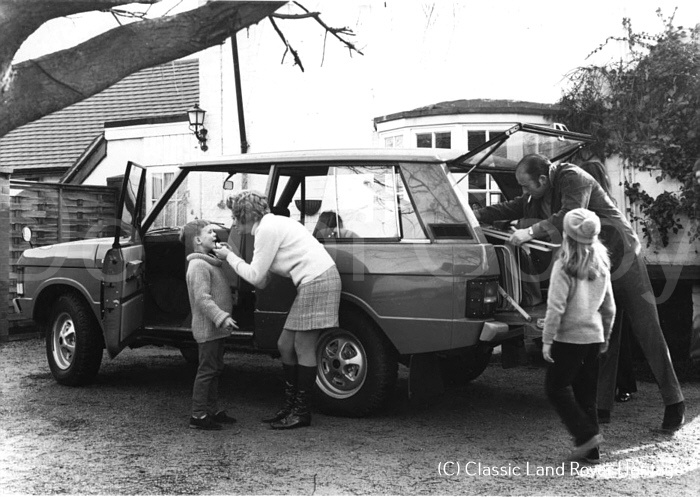
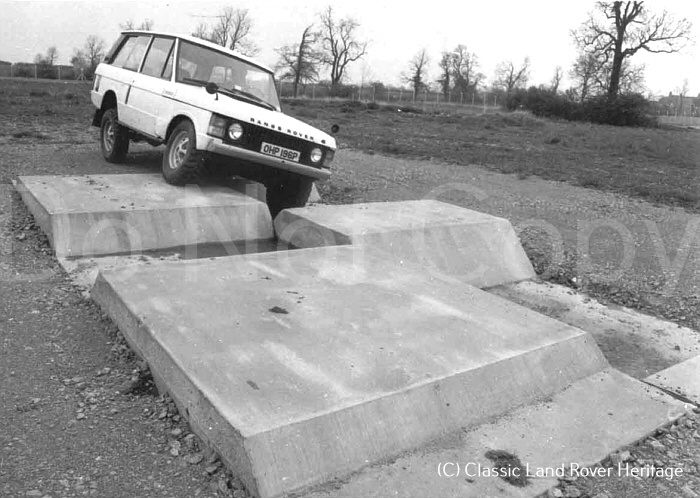
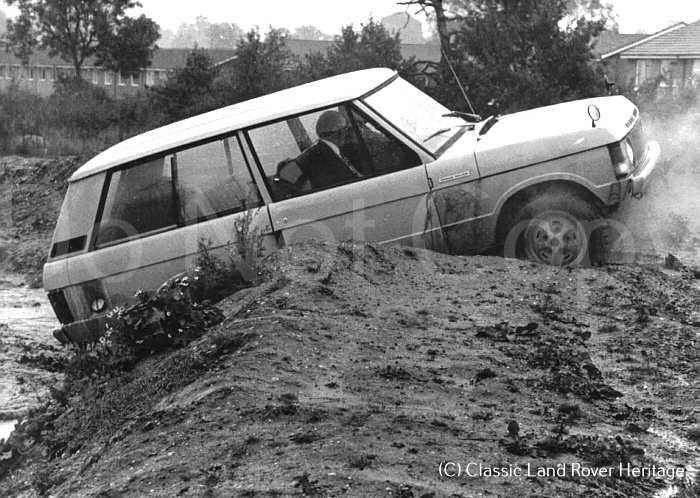
.jpg)
